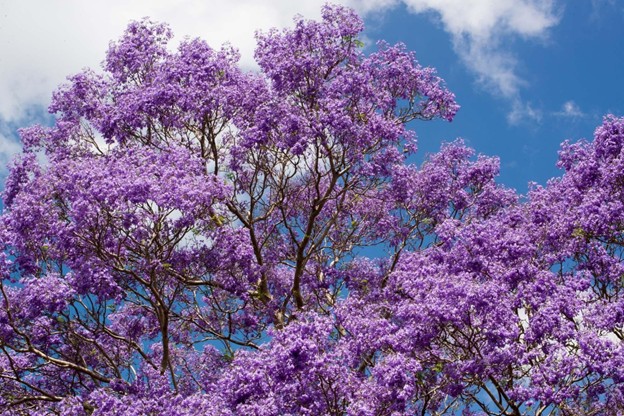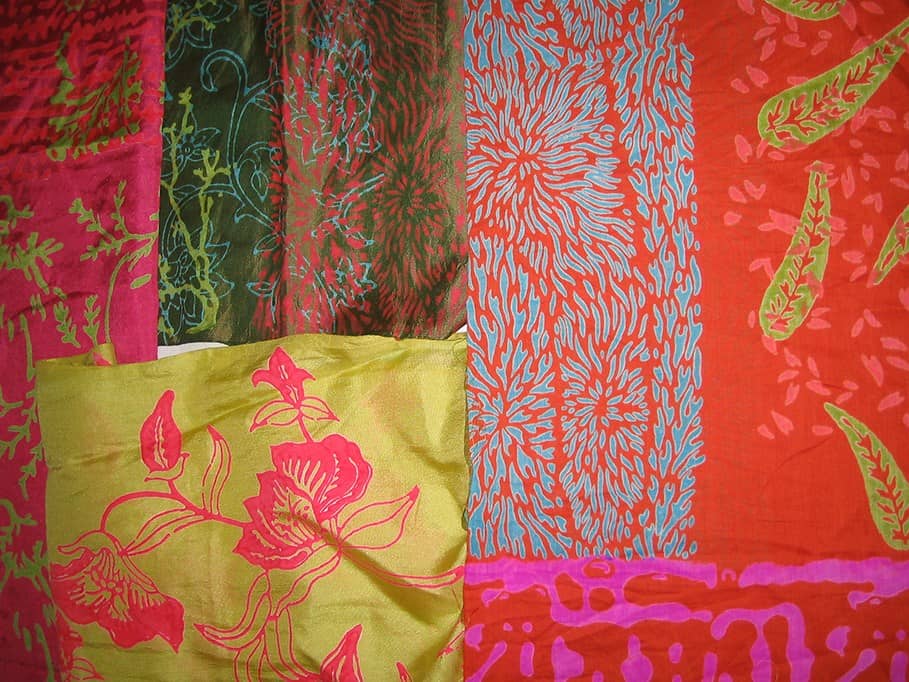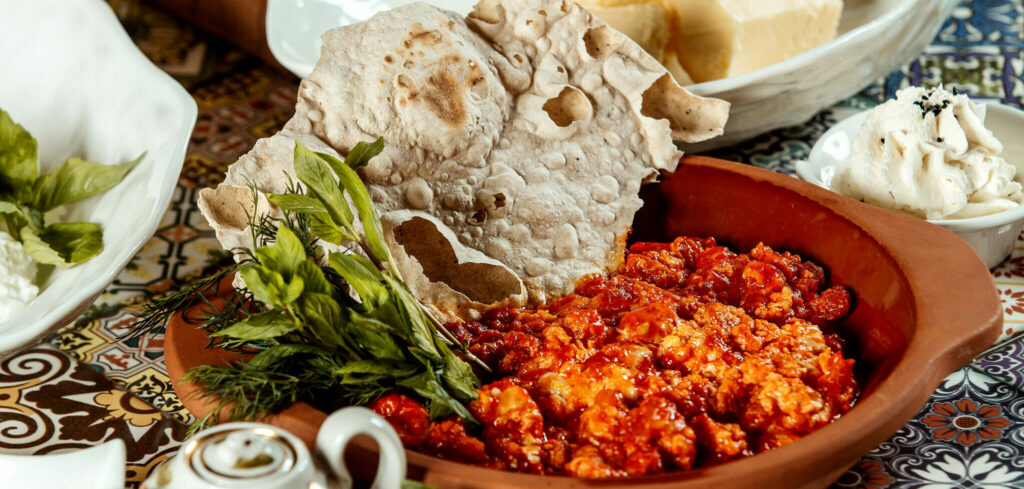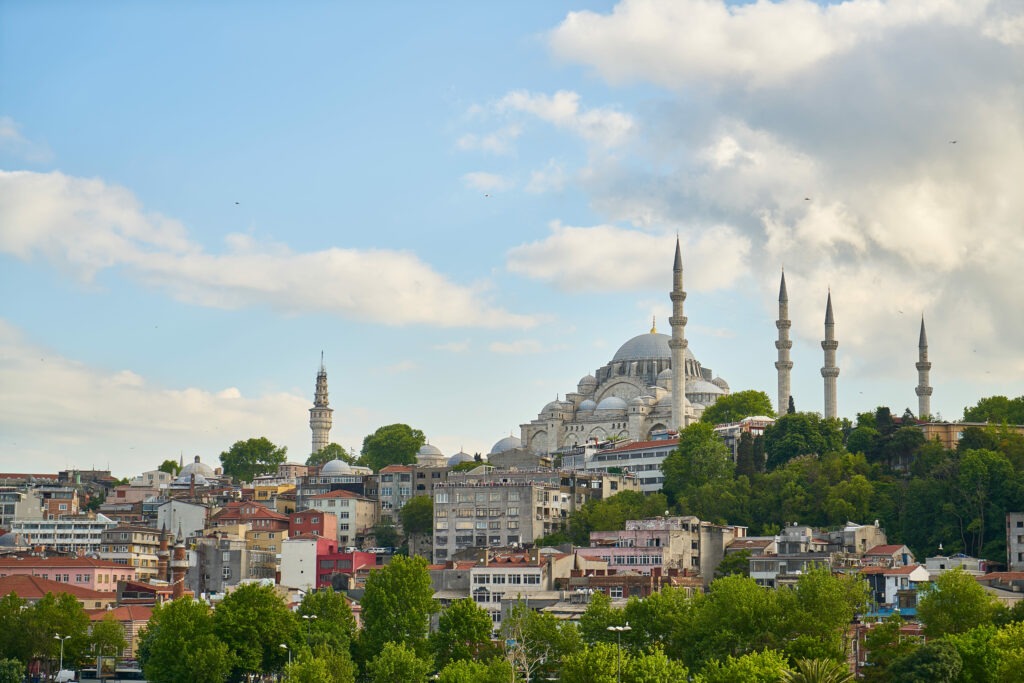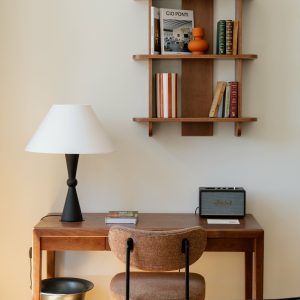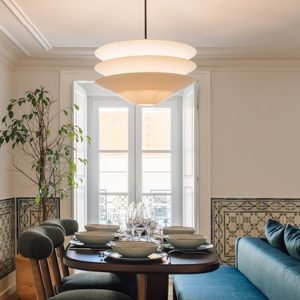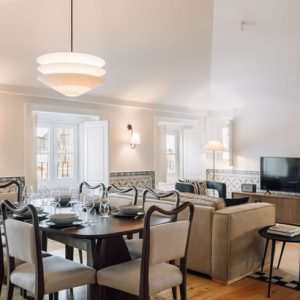The Jacarandá trees are an iconic element of spring in Lisbon, filling the air and the streets with purple bliss. Want to know a bit more about the history of these trees, and how they became a symbol in the capital? Keep reading!
Native to South America, the Jacarandás have become one of Lisbon’s most beloved and recognizable botanical guests. These ornamental trees have long since settled into the rhythm of the city’s seasons, delighting both locals and visitors between late May and early June, during blooming season.
Jacarandás were first introduced in Lisbon in the 19th century through an order of the Botanical Garden (Jardim Botânico), for being beautiful and different from everything else that already existed in the city. At the time, European cities and governments were mesmerized by exotic species that botanists and explorers brought from their travels. Although Lisbon’s climate – wet winters and dry, warm summers – wasn’t the most adequate for this subtropical species, it ended up thriving, especially during warmer months.
Over the years, the Jacarandás spread across the city, planted along grand boulevards like Avenida da Liberdade and in residential neighborhoods such as Rato, Alvalade, and Areeiro. Today, they are as much a part of Lisbon’s identity as the azulejos that line its buildings or the Fado that inhabits traditional neighborhoods.
The Beauty of Impermanence
The Jacarandás have a fleeting nature, as they are only in bloom for about two months a year. For a few weeks, the trees explode in color, showering the sidewalks with violet petals that form a soft, surreal carpet underfoot. The sight is both a celebration of nature’s beauty and a reminder of its impermanence. And their bloom becomes a kind of shared, spontaneous celebration.
It’s common to see Lisbon’s residents pausing to photograph a canopy of purple, or simply standing beneath a tree to enjoy the moment.
All of the colors of the rainbow
The contrast between the lilac blossoms and Lisbon’s warm-toned architecture creates a unique harmony that is particularly enchanting. Lisbon’s urban landscape is made of different visual textures, with traditional hand-painted tiles (azulejos), pale yellow and terracotta facades, but also modern buildings with sleek designs and large balconies. When the Jacarandás are in full bloom, you’ll see fallen purple petals along the Portuguese cobblestone streets, paired with the pastel buildings against the sunlight. Pretty unique, right?
In many ways, the Jacarandás have become a subtle seasonal marker for the city. The trees signal the transition from spring into the sunlit stretch of Lisbon’s early summer, a time when the light sharpens, the pace slows, and the city starts preparing for June’s Santos Populares – know more about these famed festivities here.
For visitors lucky enough to be in Lisbon during Jacarandá season, the experience is unforgettable. For locals, the Jacarandá bloom is a quiet but poignant reminder of Lisbon’s layered identity — a city rooted in history, but always open to the world.
